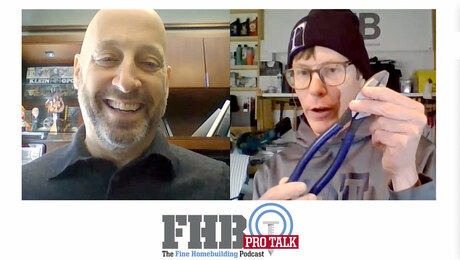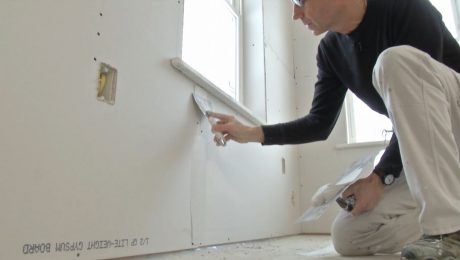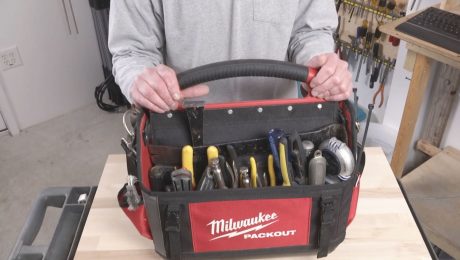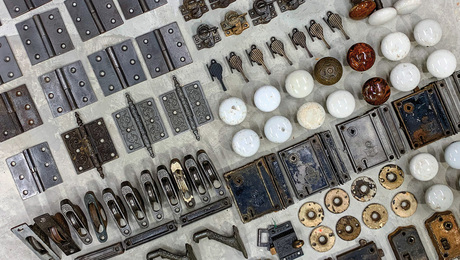
I really hate painting, but my work involves many small projects where it just doesn’t make sense to hire a professional painter. I figured that using throwaway brushes would eliminate at least that nasty part of the task, but they’re just not pleasant to use. They don’t feel right. A good brush loads well, spreads well, and feels good in your hand. Consequently, I’ve developed some good techniques for cleaning those expensive brushes.
Solvent is cheaper than brushes. Use lots for an initial cleaning, then hold the brush upright, grabbing the tip, and wiggle the solvent into the ferrule. That’s where most brushes die. The final touch is a washing with soap and water. I’ve used dishwashing soap and more aggressive cleaners, but the magic moment came one day when all I had on the shelf was Murphy’s Oil Soap. It cleans beautifully and leaves the brush softly conditioned for the next use.
Juris Pukinskis, via email, None






























View Comments
Dear Juris: I agree -- cleaning is good brush is much better than suffering for hours with cheap throw-aways. Here is another cleaning tip. As you noted, paint lodged in the 'root' of the brush next to the handle is often the key problem. I found that "brushing the brush" is very helpful. Simply brush the bristles from the handle up with a fine stainless steel brush. The stainless steel bristles can dive in between the paint brush bristles, to reach where fingers cannot -- loosening hidden paint. This can be helpful for the entire brush, to eliminate dried paint that may be clinging.
Mark
I go along with all the methods in the tip. I've also found that drawing along with the bristles on a hardware cloth or chain link fence material creates uniform and straight bristles.